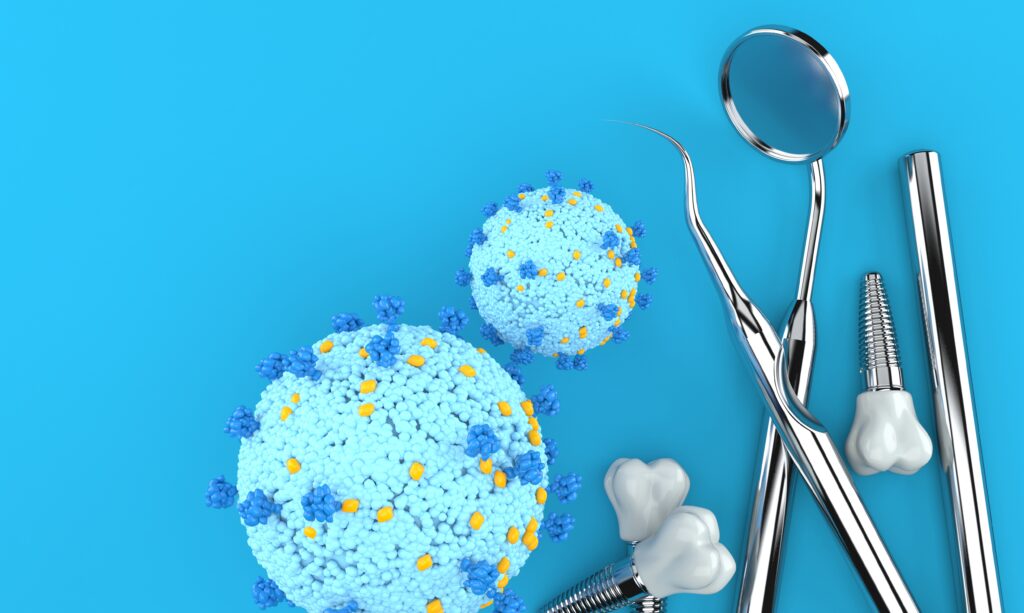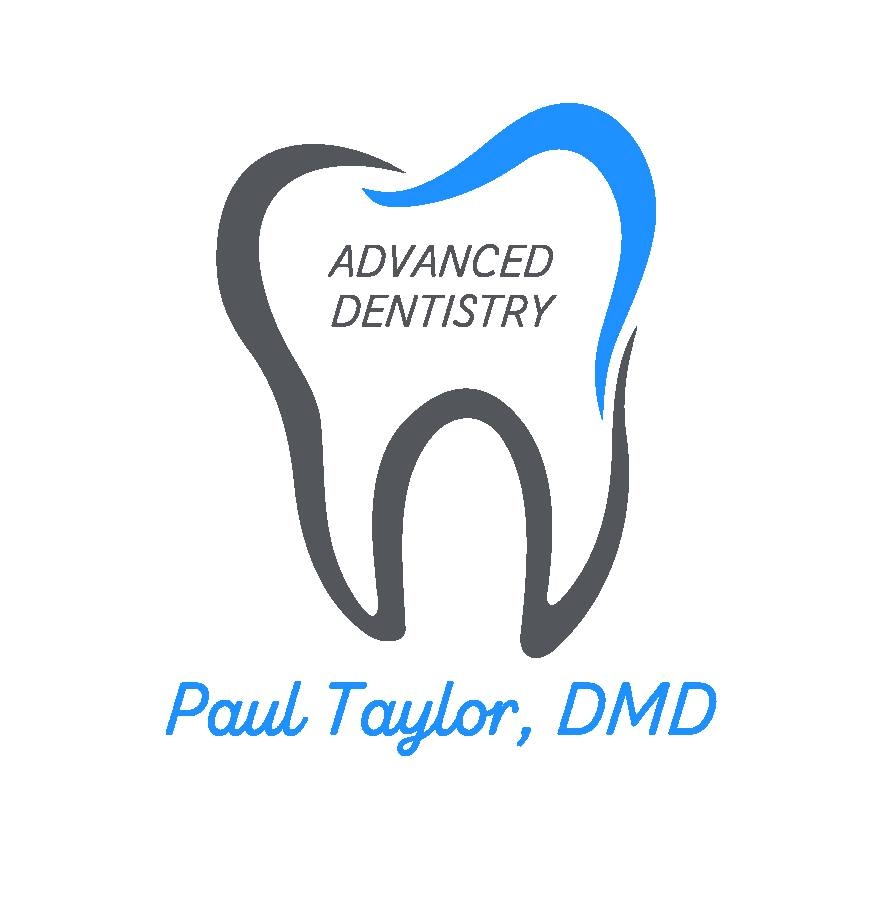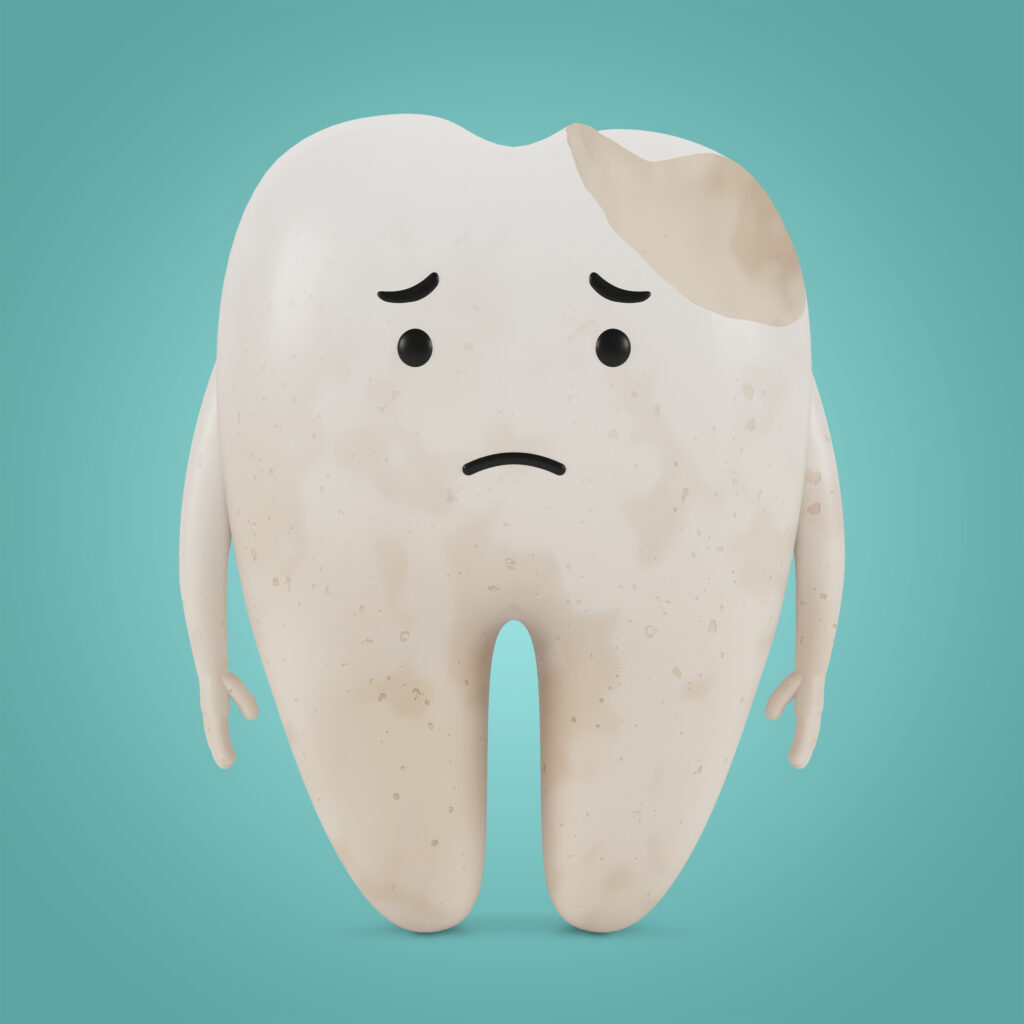
Do you have misconceptions about oral health? Many people do. Knowing the facts can help improve your dental hygiene for life, leading to a healthier and more beautiful smile. Here are five things people don’t understand about dental health. See if your eyes are opened.
Misconception #1 – Whiter teeth are healthier teeth
Healthy teeth come in a wide range of natural shades. Whiter teeth cannot show if there is an infection or decay between the teeth. Although pure white teeth do not equate to healthier teeth, they should still be naturally on the whiter side. Proper brushing, more regular cleanings, and cosmetic dentistry (such as tooth whitening and veneers) are possible solutions you can explore with our dentist.
Misconception #2 – Children are more prone to tooth decay
Tooth decay (cavities, or caries, in dental parlance) can develop at any age. People assume children are more prone to decay because of poor brushing and flossing habits. While that may be true, caries form in all people the same way: when bacteria cause a loss or weakening in tooth enamel and eventually decay forms a hole in the tooth.
Misconception #3 – My teeth are fine if they don’t hurt
Tooth decay typically doesn’t cause pain until it becomes very severe. Once it gets to a critical stage, the amount of decay could lead to more invasive and costly treatments. Some of the most dangerous mouth disorders, such as oral cancer and gum disease, typically don’t cause pain at all. That is why it is important to keep up with scheduled dental appointments. Our dentist can diagnose problems even at the earliest stages when there is no discomfort.
Misconception #4 – Tooth decay is only caused by sweets
Do you love sugary food and drinks? So do the bacteria that live in your mouth! They consume it and produce acid. This acid works to dissolve tooth enamel, which can result in decay. However, it’s important to know that this is not only true of sugar; it applies to anything containing starch or carbohydrates. Food such as crackers, bread, potato chips, fruit, peanut butter and pasta have the same effect on your teeth. The solution: Brush and floss after meals and snacks, or rinse well with water if you can’t brush.
Misconception #5 – If my gums bleed, I should stop flossing
Bleeding gums are often the first sign of gum disease. This happens when bacterial infections inflame your gums due to inefficient cleaning. With regular brushing and flossing, gums will be much healthier and should rarely bleed. However, gum inflammation can occur despite best oral hygiene habits. In such cases, you should see improvement if you rinse with warm salt water and continue to brush and floss.
Excellent oral health promotes overall good health and is definitely not a misconception. It is important to practice good oral hygiene habits. If you have any questions regarding your dental health, please contact our office in San Diego, CA and make an appointment.










